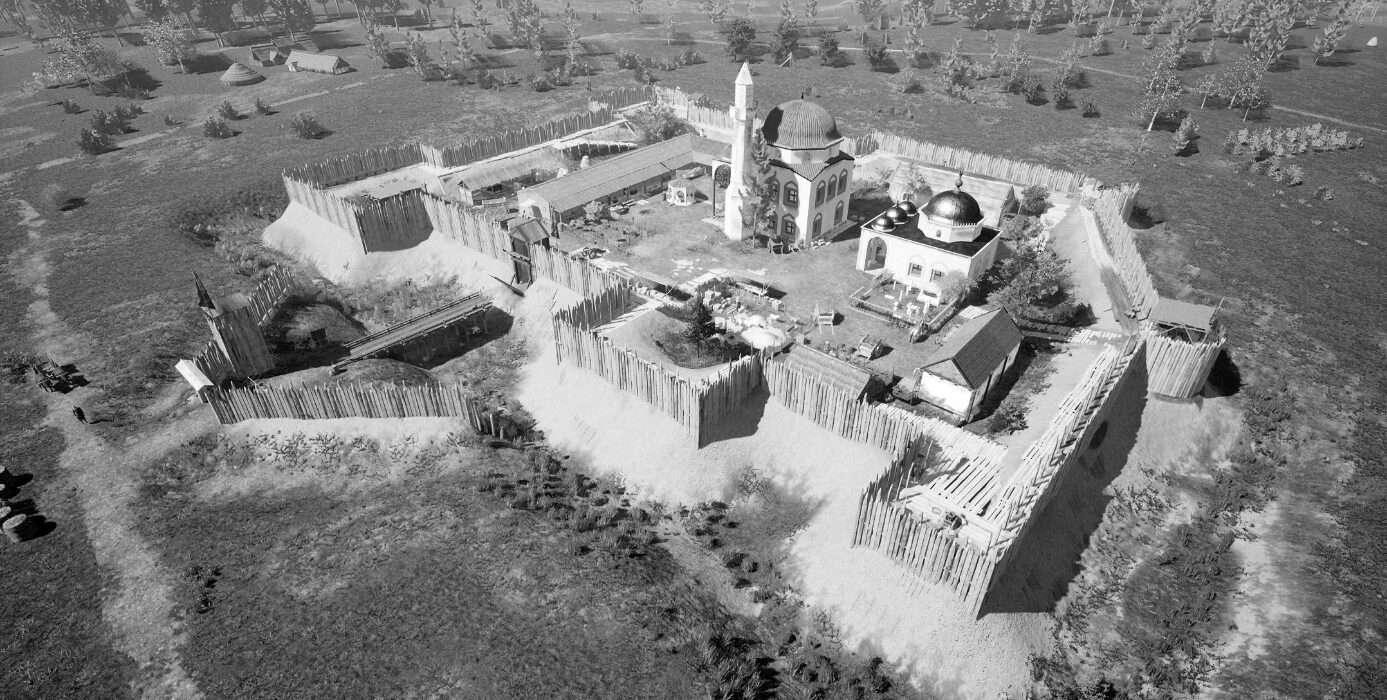Ottoman Heritage
Pilgrims’ Settlement around the Turbe of Sultan Suleiman in Szigetvár
Text: Norbert Pap, Máté Kitanics
Regarding its historical context, the town built for pilgrims by Sultan Suleiman in Turbék near Szigetvár was constructed fairly quickly in the mid-1570s. However, it was not a static architectural structure, as it underwent several changes and extensions during its existence till the end of the 1680s. It was also given more functions and its population grew resulting in a more colourful character regarding religions and cultures. It has been a well-known memorial site and pilgrims’ settlement in the Muslim world since its foundation, its buildings for pilgrimage, that is the former turbe, the large mosque, the Dervishes’ monastery, the military barracks and the palisades and water-fences surrounding them have been excavated since 2015. The excavations have exposed and revealed a complex of unique aesthetic values outstanding from its rural environment. As far as we may know now, Turbék was an unprecedented village symbolizing the invasion and expansion of the Osmans and Islam itself in this region. In 2017 a Hungarian governmental decree nationalized the excavation sites in Turbék and it was decided to start working out plans for a cultural centre for tourists. This study presents the structure of the former pilgrims’ centre, focussing on its main buildings with a brief description of each, and also surveys the prospects of the future of the memorial site, as well as some features of the projected visitors’ centre.


